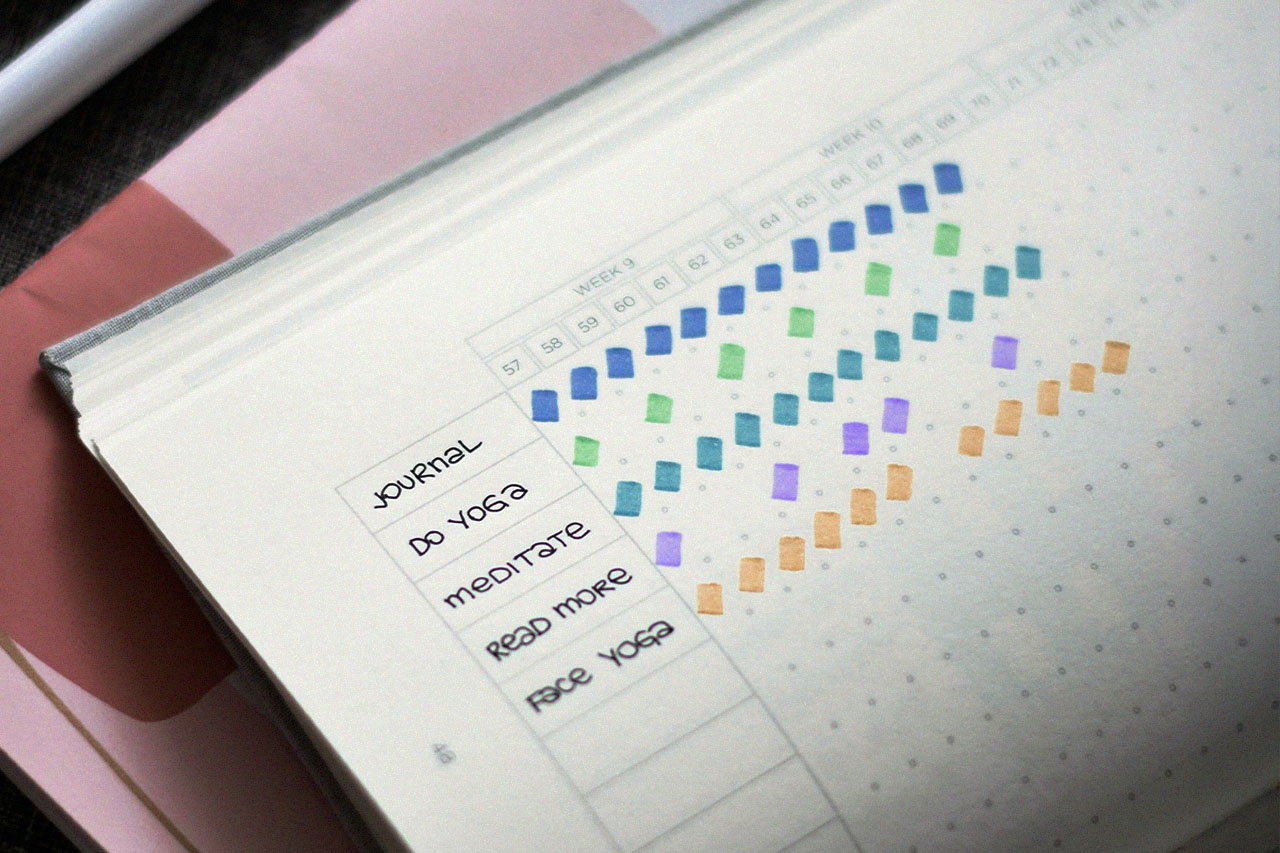
The art and science of habit formation have long fascinated psychologists, neuroscientists, and self-improvement enthusiasts alike. Why? Because habits are more than just routines; they’re the mechanisms through which we shape our identity and achieve our goals. Yet, building habits that truly stick—and work for us in an ever-changing world—is easier said than done.
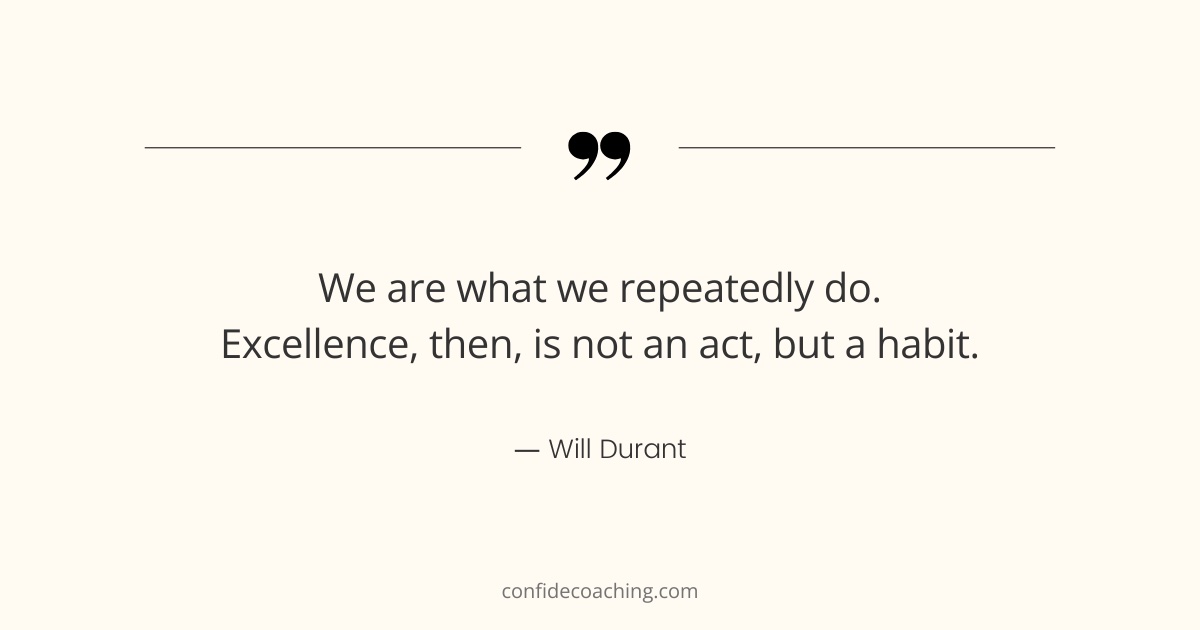
As we step into 2025, a year marked by rapid technological advancements, digital distractions, and evolving priorities, it’s clear that our approach to habit formation must also evolve. The classic “don’t break the chain” or “21 days to build a habit” advice doesn’t address the complexities of modern life. To thrive, we need strategies that are rooted in science yet adaptable to our unique circumstances.
This guide offers just that: a fresh, actionable framework for mastering habits. You’ll discover innovative techniques grounded in neuroscience, behavioral psychology, and practical wisdom. Whether it’s leveraging the power of identity, embracing discomfort for growth, or using technology to supercharge your progress, this guide is designed to help you build habits that not only last but transform your life.
Ready to rewrite your habits and reshape your future? Let’s dive in.
The Science Behind Habit Formation
Why is it that some habits seem to form effortlessly while others, no matter how much motivation we start with, seem impossible to stick to? Perhaps you’ve experienced the thrill of a fresh start—setting ambitious goals in January, energized by the promise of change—only to feel the sting of frustration by March as the habit fades away yet again. Sound familiar?
We’ve all been there: excited about a new workout routine, a journaling practice, or a plan to eat healthier, only to watch our enthusiasm wane as old patterns creep back in. This cycle of starting strong and then struggling can leave us questioning our willpower or ability to change.
But what if the problem isn’t you? What if the secret to building lasting habits lies not in trying harder but in understanding how habits actually work? Behind every behavior lies a science—a set of neurological and psychological principles that govern why some habits stick and others falter. When we harness this knowledge, we can stop relying on fleeting bursts of motivation and start building habits that last.
So, let’s pause for a moment. Think about a habit you’ve always wanted to build. What’s held you back? Whether it’s time, distractions, or simply not knowing where to start, when you understand the science behind habit formation, you’ll empower yourself with the knowledge to design routines that work with your brain—not against it
Understanding the Habit Loop
At the heart of every habit lies the habit loop, a framework popularized by Charles Duhigg in The Power of Habit. This loop consists of three critical components: cue, routine, and reward.
- Cue: A trigger that initiates the habit. This could be a time of day, an emotional state, or a specific environment. For example, seeing your running shoes by the door might cue your evening jog.
- Routine: The actual behavior or action you perform. In this case, the act of running.
- Reward: The benefit or satisfaction you derive, such as the post-run endorphin rush or the sense of accomplishment.
This loop creates a feedback cycle in the brain, reinforcing the habit each time it’s completed. Over time, cues and rewards become so tightly linked that the routine becomes automatic.
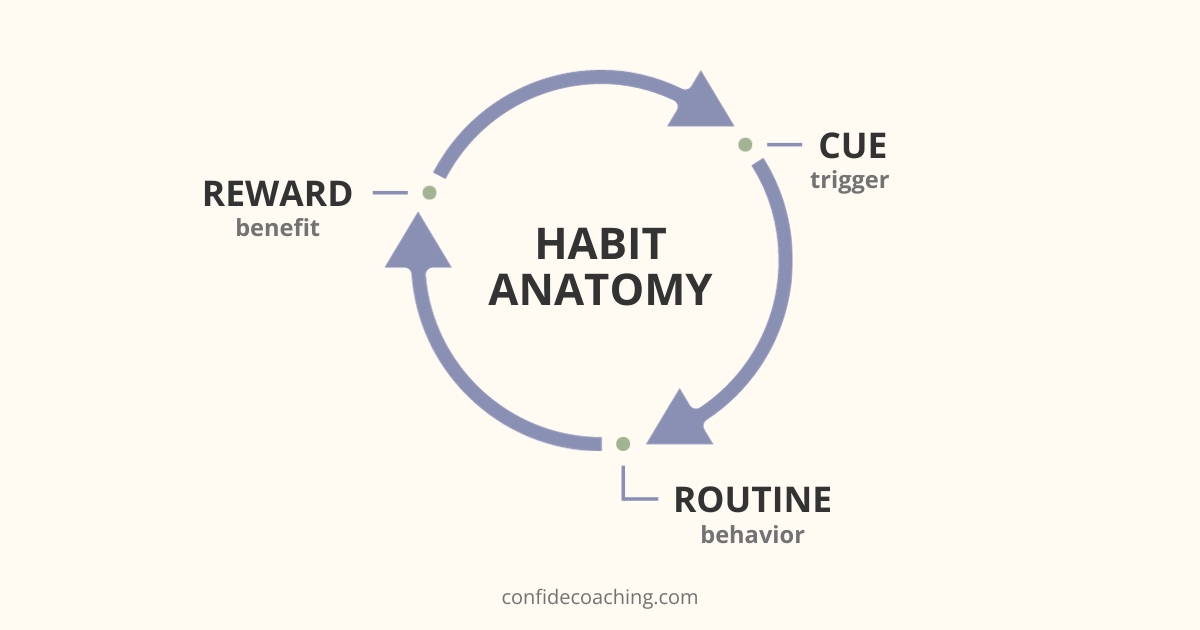
Neuroplasticity: Rewiring Your Brain Through Repetition
Neuroplasticity is your brain’s remarkable ability to adapt, reorganize, and rewire itself based on your experiences and actions. Every time you repeat a habit, you strengthen the neural pathways associated with it. These pathways act like well-trodden trails in a forest—each repetition clears away resistance, making the behavior easier and more automatic over time.
- How It Works: When you first try a new habit, such as practicing mindfulness or going for a run, your brain starts forging connections between neurons. At first, the pathway is weak, like a dirt trail just beginning to form. With consistent repetition, however, the pathway strengthens, becoming more like a paved road. Eventually, the habit requires little conscious effort—it becomes second nature.
- Why Consistency Matters: Even small, consistent actions can have profound effects over time. For example, committing to just five minutes of journaling daily doesn’t just improve your mental clarity in the short term; it rewires your brain for reflection and emotional processing, creating lasting change.
Practical Tip: Choose a small habit you can commit to daily. Consistency is more powerful than intensity when building neural pathways. Start with something manageable—one push-up, a five-minute walk, or writing a single sentence—and let repetition pave the way for bigger actions later.
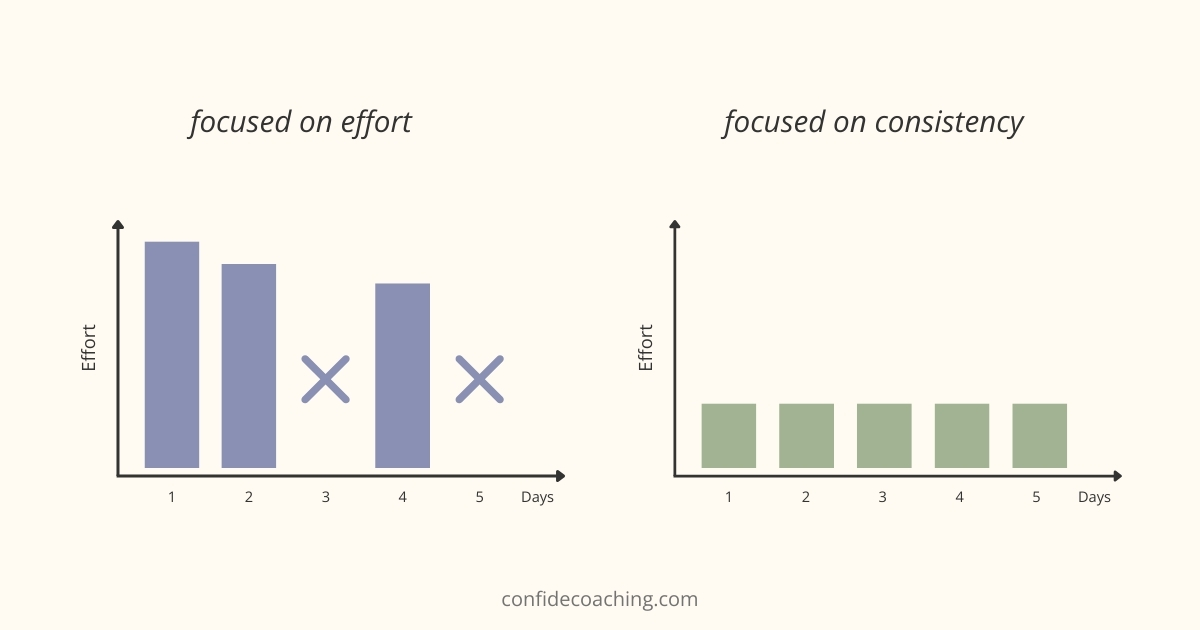
Dopamine: The Brain’s Ultimate Motivator
Dopamine is often called the brain’s “feel-good” chemical, but its true power lies in its role as a motivational driver. Far from being limited to creating pleasure, dopamine is the force that propels us to take action by reinforcing behaviors associated with rewards. Notably, dopamine is released not only when we achieve a reward but also in anticipation of it. This anticipation fuels excitement and focus, encouraging us to pursue our goals with energy and determination.
The Anticipation Effect: Why Cues Matter
Dopamine doesn’t simply reward us when we achieve a goal—it plays a key role in driving action by creating a sense of anticipation. This anticipatory release of dopamine makes the task ahead feel not only achievable but also worthwhile. It transforms effort into an opportunity, generating excitement and focus that move us forward.
This anticipation is why cues—the first step in the habit loop—are so powerful. Cues act as signals to the brain, triggering a small yet meaningful dopamine release that nudges you into action. For example, seeing your yoga mat rolled out or setting out your running shoes primes your brain to expect the satisfaction of completing a workout. These small moments of preparation generate the momentum you need to follow through, even on days when motivation feels low.
For me, this concept has been a game-changer in sticking to high-intensity cardio sessions three to four times a week. The anticipation of a random reward motivates me to check the Workout of the Day (WOD) challenge posted on the Concept 2 website. Even when the workout seems unappealing or feels daunting, I commit to doing it. Surprisingly, I’ve grown to enjoy the unpredictability and the rewarding sense of accomplishment that comes from completing a workout—especially on days when I initially didn’t want to. This connection between effort and reward—a phenomenon where overcoming difficulty amplifies satisfaction—is explored in greater depth below.
Practical Tip: Use cues to make your habits irresistible. Place a guitar in a spot you’ll see every day to inspire practice, or have a favorite podcast queued up for your workout. These small, intentional prompts can harness dopamine’s motivational power to help you take that first step toward action.
The Role of Effort in Amplifying Dopamine
Dr. Andrew Huberman, a neuroscientist at Stanford and host of The Huberman Lab podcast, explains that dopamine is not just about achieving outcomes; it’s deeply tied to the effort invested in reaching them. The harder you work toward a goal, the more rewarding the accomplishment feels. This explains why completing a challenging WOD (Workout of the Day) leaves me with a far greater sense of satisfaction than an easier, more familiar workout. Our brains don’t simply value the result—they place significant importance on the process, especially when it involves persistence and determination.
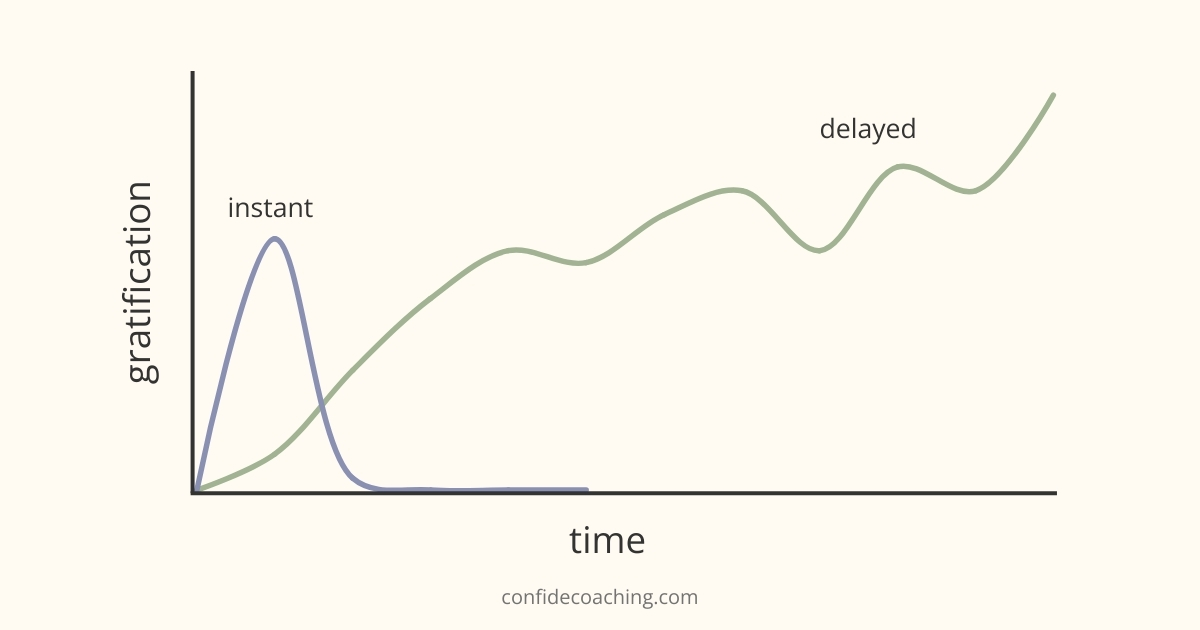
Effort Strengthens the Reward
Imagine two scenarios: in one, you’re handed a trophy for simply participating in a race; in the other, you earn the same trophy after weeks of disciplined training and finally crossing the finish line. While the trophy itself is identical in both cases, the sense of satisfaction you feel is anything but. Why? Because the effort you invested amplifies the dopamine release tied to the achievement. The brain doesn’t just associate satisfaction with the outcome—it connects it to the struggle, growth, and determination it took to get there. This is why tasks that challenge us often feel more rewarding than those that come effortlessly.
Yet, pushing through discomfort is not something that many of us naturally look forward to. While there are people like David Goggins, the ultra-endurance athlete renowned for his ability to thrive on pushing past pain, for most of us discomfort is something to avoid rather than embrace. But here’s the good news: research shows that how we frame discomfort can transform our ability to tackle challenges. When we view discomfort as evidence of progress rather than as a setback, it shifts our mindset entirely.
By changing the narrative around challenges, discomfort becomes less of a barrier and more of a signal that we’re on the right track.
This mindset doesn’t mean you need to become the next David Goggins, but it does mean recognizing that struggle is an integral part of growth—and that it’s worth embracing. As Dr. Andrew Huberman explains, taking on challenging tasks rewires the brain for resilience and adaptability. The effort you put in today not only amplifies the reward but also strengthens the mental and emotional pathways you’ll rely on for future challenges.
How to Reframe Challenges as Opportunities: Five Practical Examples
Reframing discomfort isn’t just a concept—it’s a practical tool you can use in everyday situations. When a task feels overwhelming or hard, remind yourself that the effort is building both resilience and reward. Here are five examples to help you reframe challenges as opportunities:
1. Workout Fatigue
Scenario: You’re mid-workout, your muscles are burning, and you want to give up.
- Reframe: “This is hard, but that burn means I’m building strength and resilience.”
- Remind yourself: “Every rep is a vote for a stronger, healthier me.”
2. Learning a New Skill
Scenario: You’re frustrated trying to master a tricky piano piece or solve a coding problem.
- Reframe: “This frustration means my brain is learning and growing.”
- Remind yourself: “Struggle is the price of mastery.”
3. Public Speaking Anxiety
Scenario: You’re about to step on stage or lead a meeting, and nerves are kicking in.
- Reframe: “This discomfort is proof I’m stepping out of my comfort zone and expanding my confidence.”
- Remind yourself: “This nervous energy means I’m actively working on becoming a better communicator.”
4. Receiving Constructive Feedback
Scenario: Your manager provides feedback on how you can improve your approach to a task.
- Reframe: “This is a chance to refine my skills and grow in my role.”
- Remind yourself: “Constructive feedback is a tool for my growth, not a critique of my worth.”
5. Challenging Conversations
Scenario: You need to address a difficult topic with a loved one, a friend or colleague.
- Reframe: “This discomfort is creating space for honesty and stronger connections.”
- Remind yourself: “Facing this shows my courage and commitment to meaningful relationships.”
Reframing challenges doesn’t come naturally at first, but with practice, it becomes an automatic response. The next time you encounter discomfort, pause and consciously apply one of these reframes (or create your own!). Remind yourself that effort amplifies the reward, and that every step through discomfort is a step toward growth.
How to Leverage Neuroplasticity and Dopamine for Habit Success
As we’ve explored, habits are more than actions; they are pathways in the brain, carved through repetition, effort, and reward. By understanding the interplay of neuroplasticity and dopamine, you can create habits that don’t just stick but also bring meaningful transformation to your life. Here’s how to apply these concepts effectively:
1. Focus on Process, Not Just Outcomes
Shift your attention from what you’re achieving to how you’re showing up. The process itself becomes the reward.
Example: Instead of aiming to read 50 books this year, celebrate the act of reading for 15 minutes each day. Enjoy the quiet focus, the turning of pages, and the gradual accumulation of knowledge.
2. Introduce Positive Friction
Add small, intentional challenges to heighten the sense of accomplishment and amplify dopamine. Friction forces you to engage deeply with the task, making the reward more meaningful.
Example: Choose a workout that pushes you slightly out of your comfort zone, like a new trail with inclines. The added difficulty creates a more rewarding post-workout glow.
3. Tie Habits to Meaningful Rewards
Connect habits to your personal values and long-term aspirations. Surface-level rewards may fade, but deeper motivations endure.
Example: If you’re building a meditation habit, focus on how it aligns with your desire for mental clarity and emotional resilience, rather than just hitting a streak on an app.
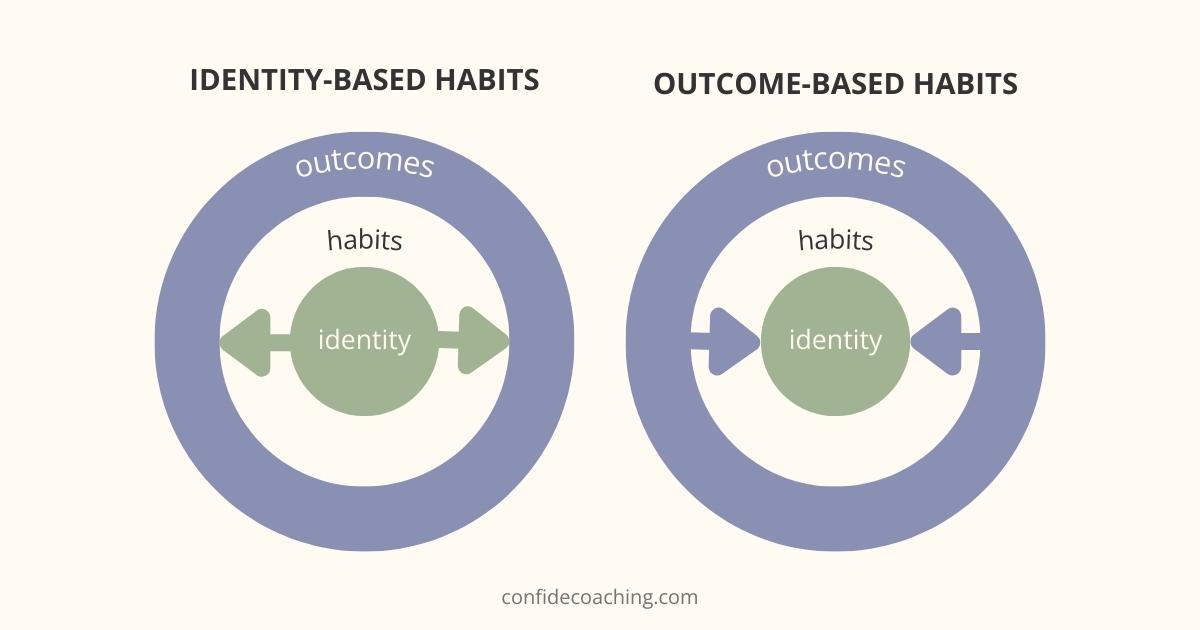
4. Balance Anticipation and Effort
Leverage dopamine’s anticipation effect by creating exciting cues for your habits. Pair this with an appreciation for the effort involved to sustain motivation.
Example: Prepare your favorite energizing playlist for workouts, but take pride in completing the session regardless of how far or fast you went.
A Final Thought: Habits as Tools for Transformation
As we step into 2025, it’s clear that building habits requires more than willpower or a rigid set of rules. It demands an understanding of how your brain works and a willingness to embrace the effort required for growth. Whether you’re focusing on health, productivity, or personal fulfillment, the key lies in aligning your habits with your identity, values, and long-term aspirations.
By celebrating the process, introducing meaningful challenges, and embracing discomfort, you can rewire your brain for resilience, growth, and fulfillment. As leading experts in neuroscience and dopamine, Dr. Huberman and Dr. Lembke remind us, the act of being present with discomfort is a gateway to change—a chance to rewire the brain, let go of avoidance and build habits that truly align with your goals and values.
So, the next time you face a difficult workout, a frustrating skill, or an overwhelming challenge, remind yourself: This effort is shaping me. This discomfort is growth. Every step you take, no matter how small, is a vote for the person you want to become.
Start today. Your future self will thank you.

Paul Strobl, MBA, CPC
Owner of Confide Coaching, LLC
Paul is a Master Life Coach for GenX and GenY executives and business owners. Originally from Houston, Texas, he has been location independent for most of his adult life. He currently resides in the Rhodope Mountains of Bulgaria near the Greek border with his brilliant wife, 14-year-old stepson (officially adopted in 2021!) and a Posavac Hound rescue.
References
Duhigg, C. (2012). The Power of Habit: Why We Do What We Do in Life and Business. Random House.
Huberman, A. (2023). How to Increase Your Willpower and Tenacity [Podcast episode]. Huberman Lab. https://www.hubermanlab.com/episode/how-to-increase-your-willpower-and-tenacity
Lembke, A. (2021). Dopamine Nation: Finding Balance in the Age of Indulgence. Dutton.

